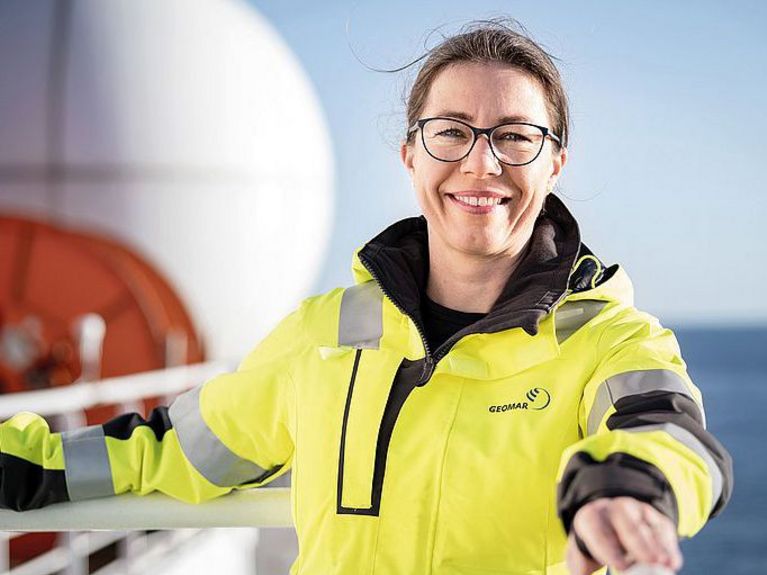Point of View
After COP29: Surrender is not an Option

Picture: Felix Gross/CAU
Katja Matthes, Director of the GEOMAR Helmholtz Centre for Ocean Research Kiel and Coordinator of the Helmholtz Dialogue Platform KLIMA, on the outcome of the 29th UN Climate Change Conference.
2024 is the first year in which the global average temperature is projected to have risen by 1.5 degrees – despite the commitments made under the 2015 Paris Agreement. From a global perspective, there is no sign of a decline in emissions. According to forecasts recently released by the Global Carbon Project (GCP), emissions are expected to reach around 37.4 billion tons of CO2 by the end of the year – an increase of 0.8 percent over the previous year.
Yet not even these undisputable facts led to negotiations to phase out fossil fuels at the COP29 in Baku. Further, pledges for climate financing to adapt to the consequences of climate change fell far short of expectations. And last but not least, the strengthening of links and synergies between climate financing and biodiversity was removed from the final document.
From a scientific standpoint, one thing is clear: the primary goal must continue to be a rapid and drastic reduction in emissions. As a highly developed country, Germany can show the world that transformation is possible. A CO2-neutral Germany by 2045 is still possible. But making it a reality will require far-reaching social and economic change: Germany must reduce emissions by around 90 percent and find methods for the active removal of CO2 for the unavoidable residual emissions, e.g. those from the cement industry, which amount to 50 to 70 million tons of CO2 per year.
The ocean holds solutions: as the GCP reports, the ocean continues to absorb around 26 percent of global CO2 emissions. This mechanism must be preserved and protected. Various marine approaches to targeted CO2 removal are being investigated by the scientific community, e.g. under the auspices of the German Marine Research Alliance (DAM), which is funded by the federal and state governments. One approach is to restore seagrass meadows or other coastal ecosystems, which store several times as much CO2 in their soil as do land-based forests, protect coasts from increasingly frequent storm surges and, above all, increase biodiversity. In addition, researchers are investigating methods for increasing the alkalinity of the ocean. These methods imitate and accelerate the natural process of rock weathering and can counteract ocean acidification, boosting the ocean’s ability to absorb and bind CO2 from the atmosphere.
But among marine methods, the storage of CO2 under the seabed holds the greatest potential: an estimated 10 million tons of CO2 per year could be stored in the German North Sea alone. In recent years, research has focused on quantifying storage capacities and assessing the associated risks and opportunities. The results of this research form an important basis for amending the applicable legislation, which is currently in the parliamentary process.
Not only in marine research, but also at the other Helmholtz Centers, solutions are emerging for combating climate change and mitigating its impacts. In order to disseminate the best solutions and options for action, the Helmholtz Association has renewed its commitment to climate research: Helmholtz Climate combines the expertise of all 18 Helmholtz Centers. As a platform for dialogue, it will bring together researchers in Germany and from around the globe, political decision-makers and civil society actors to discuss current issues and needs in climate policy and develop solutions together.
Readers comments